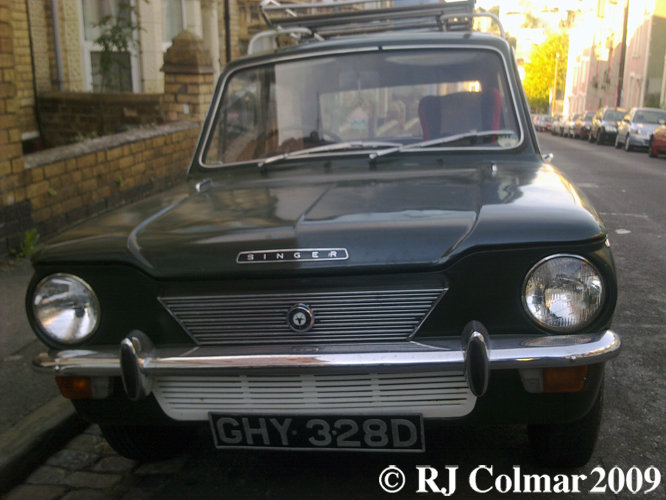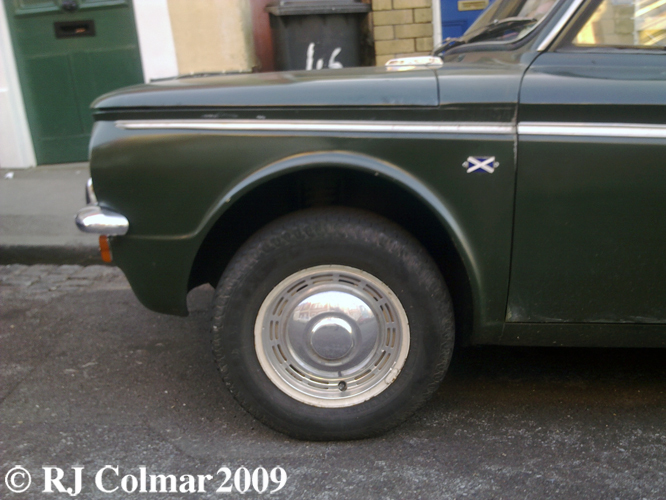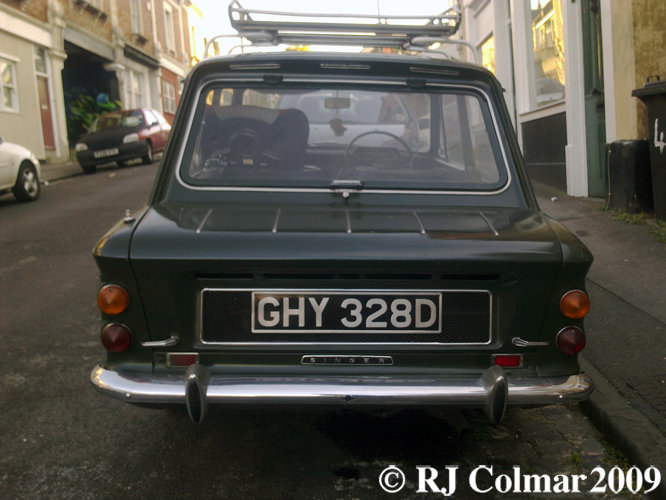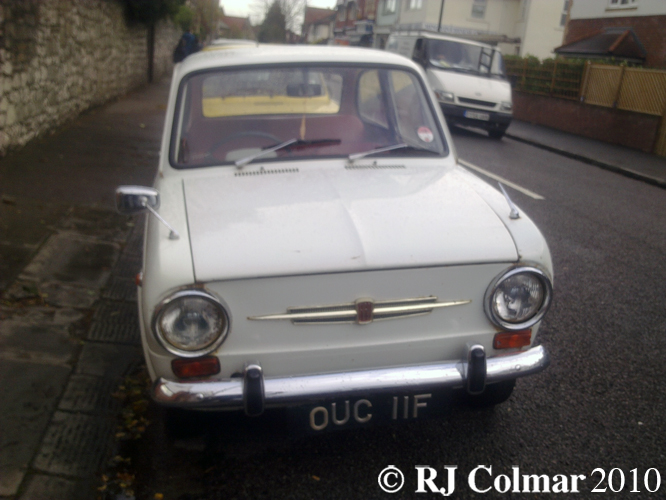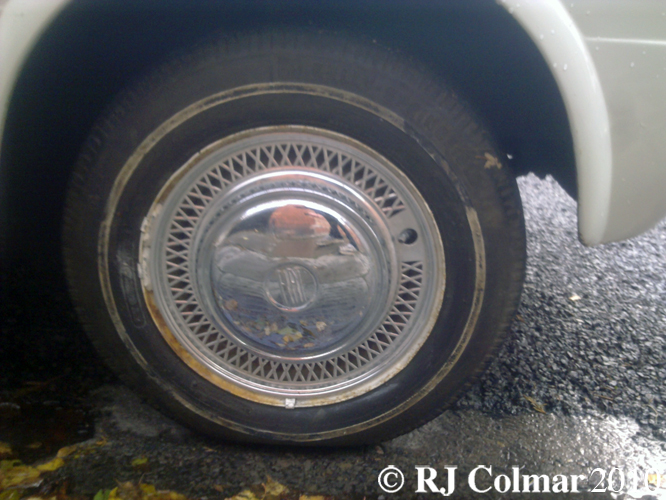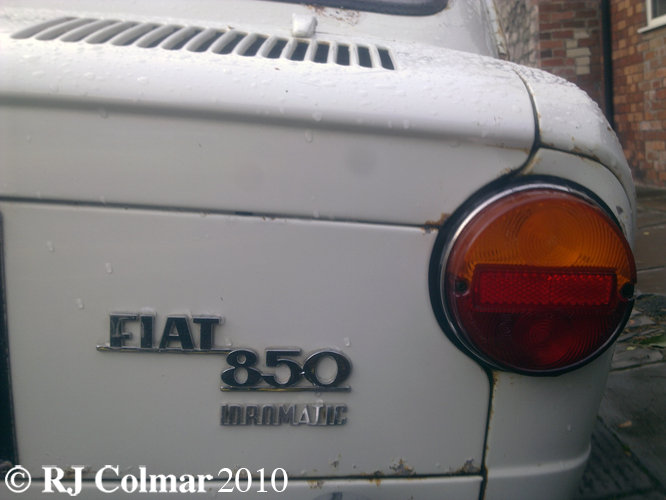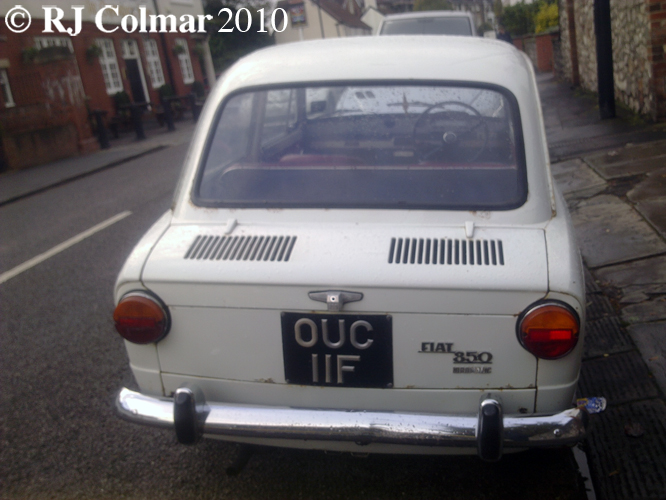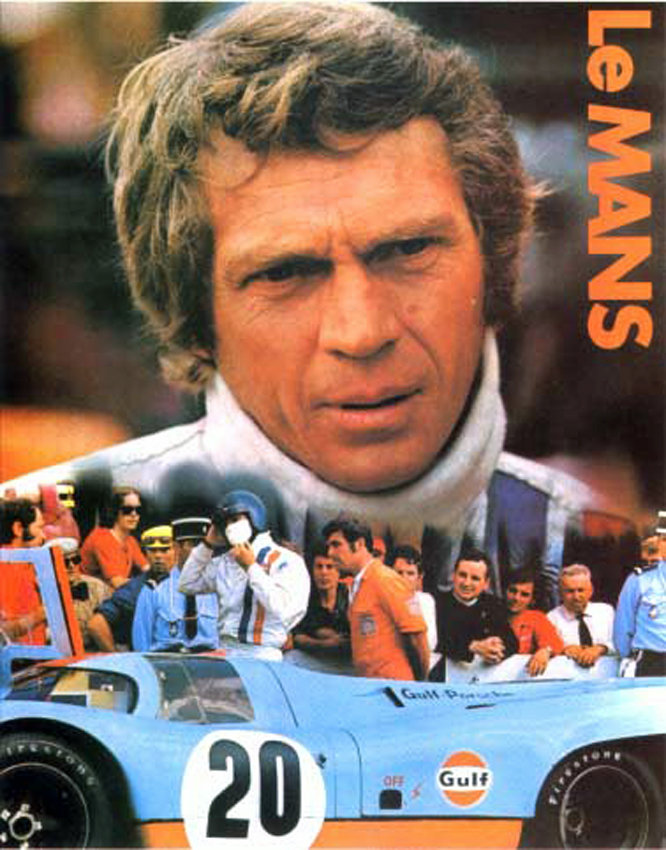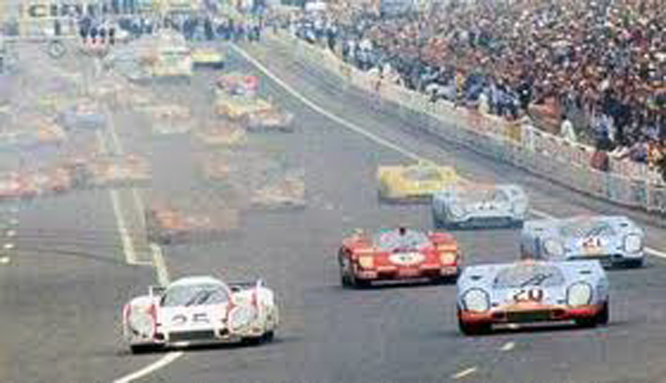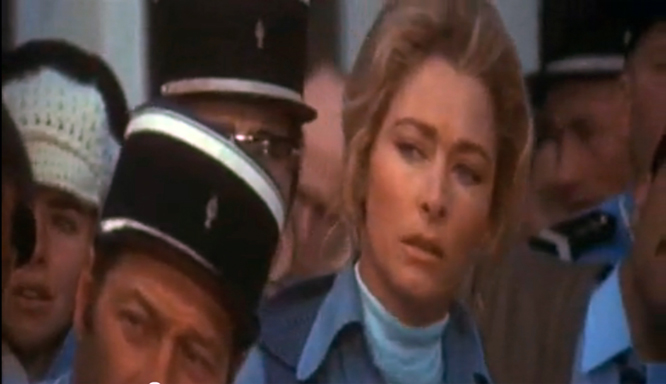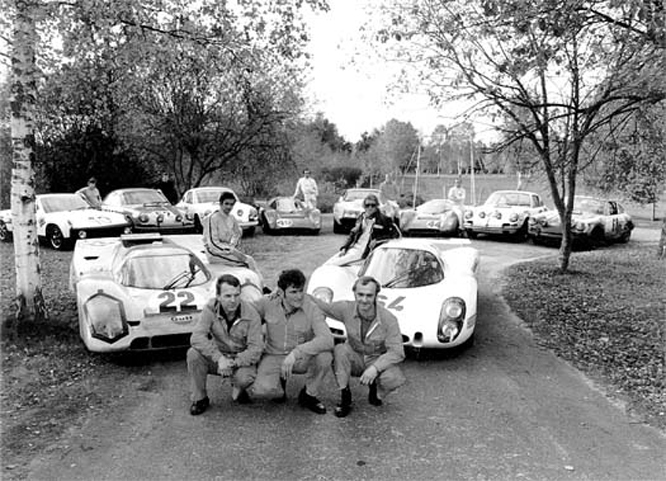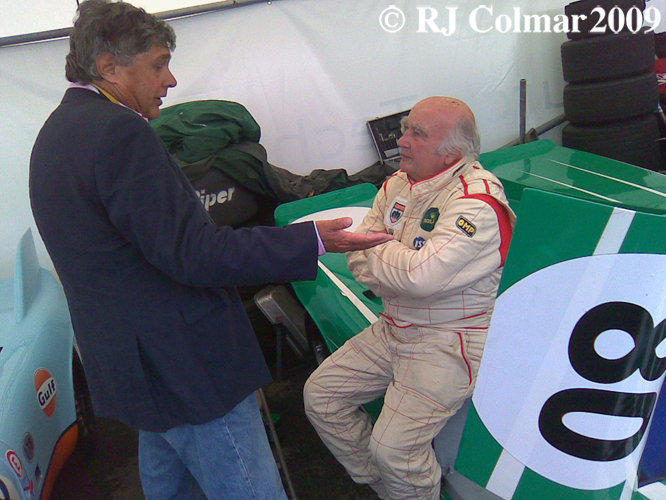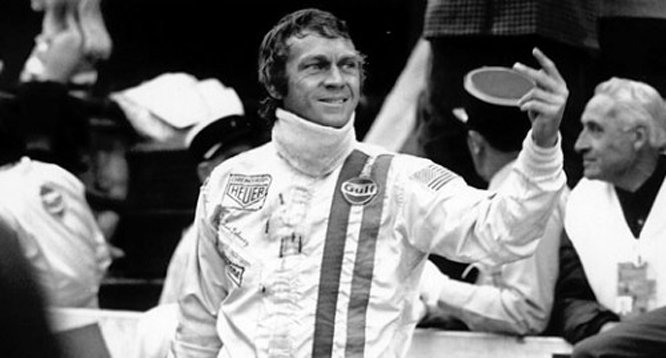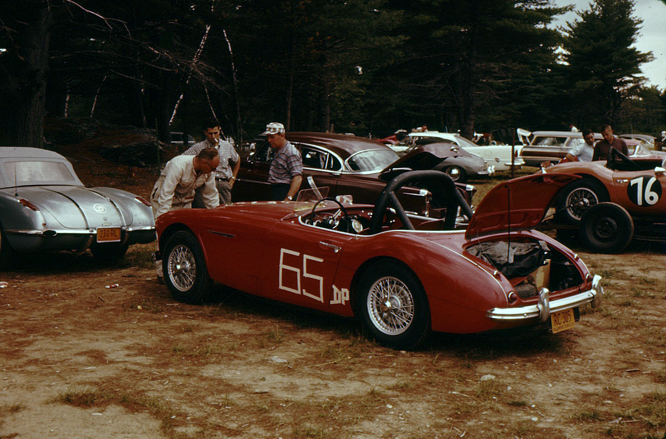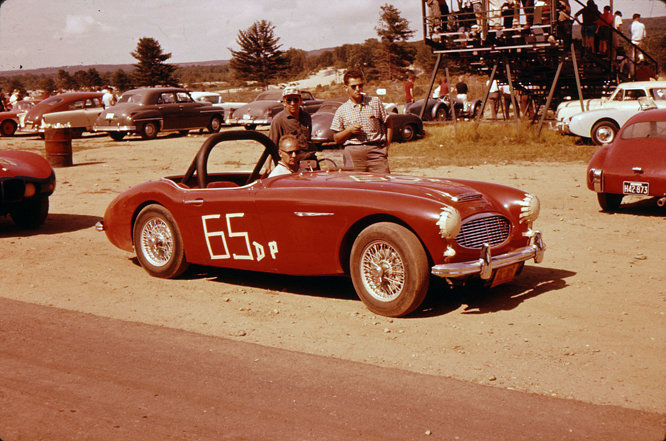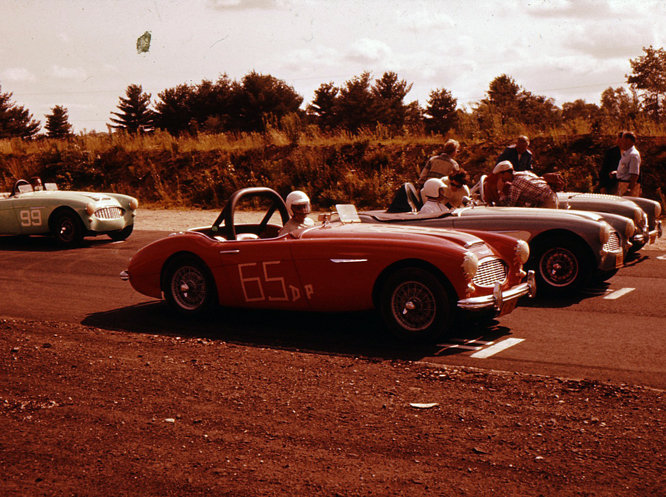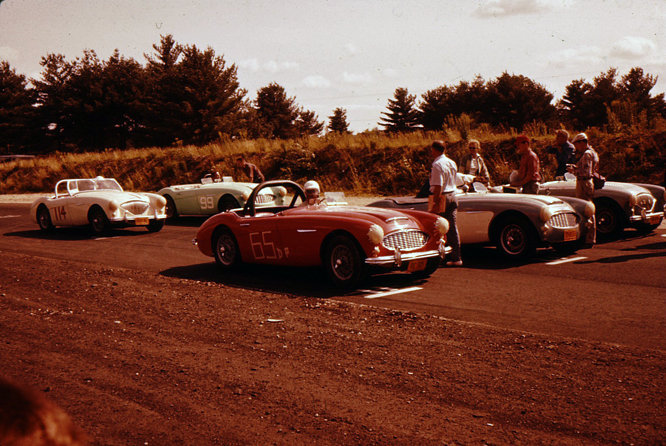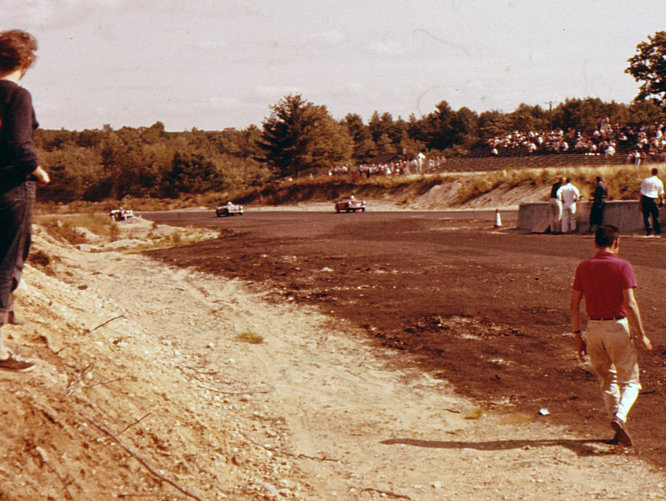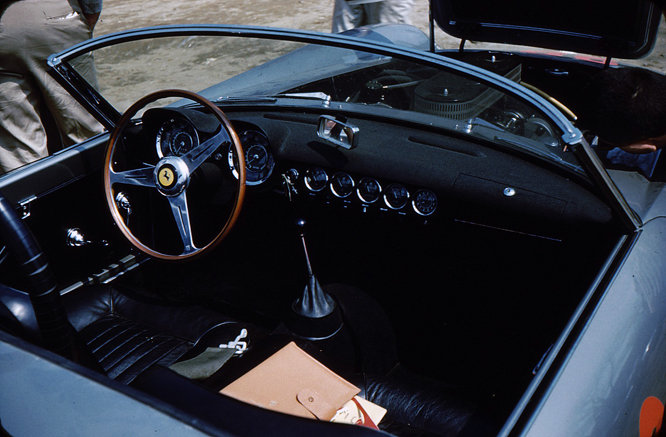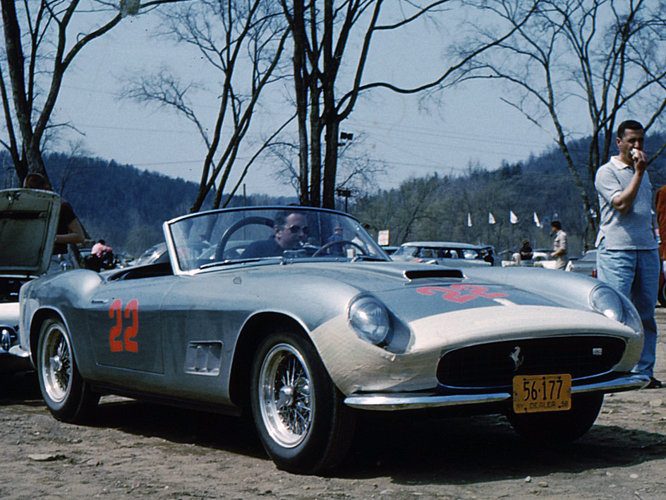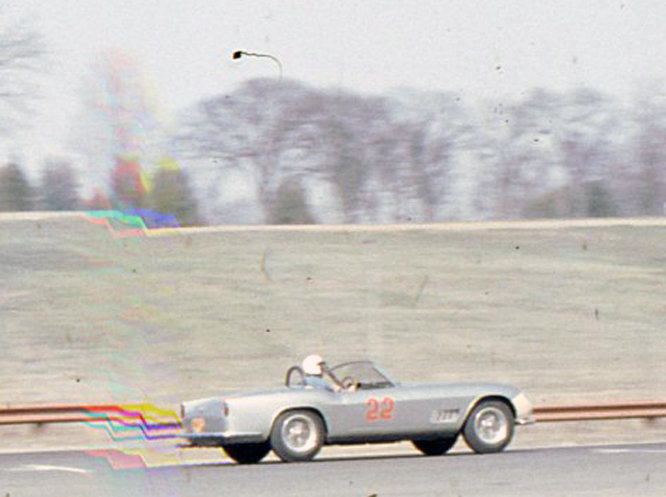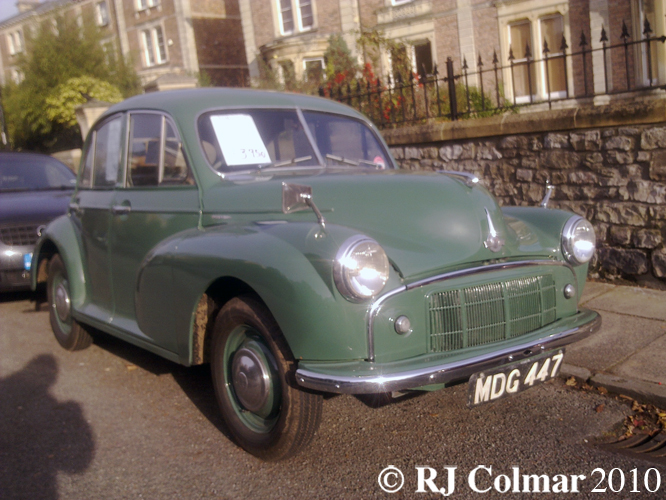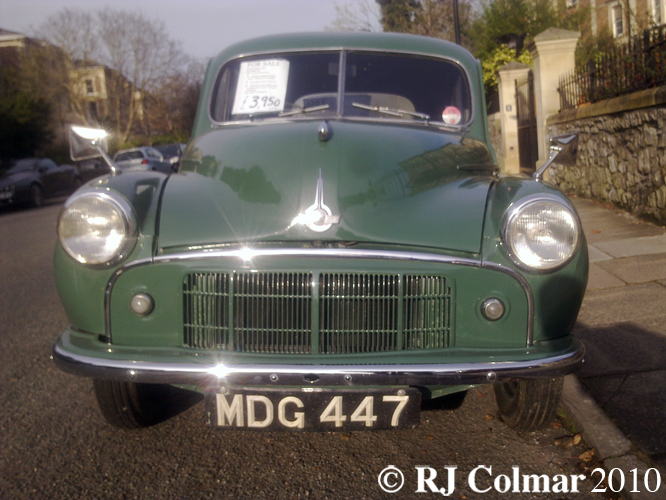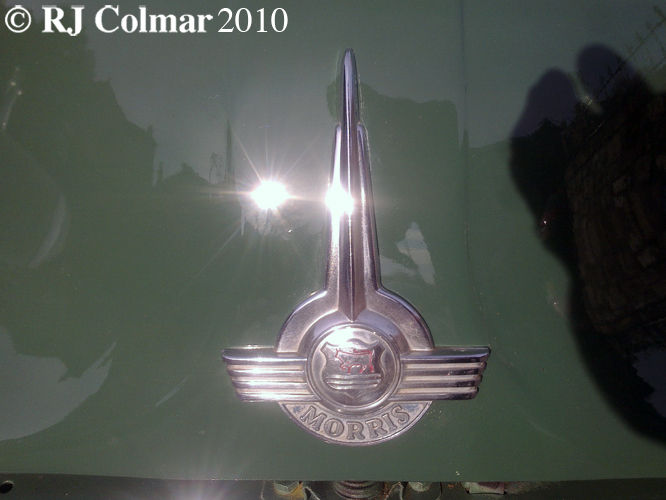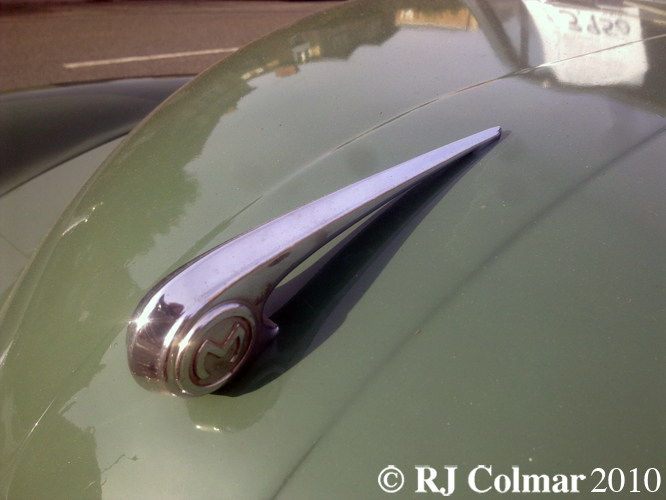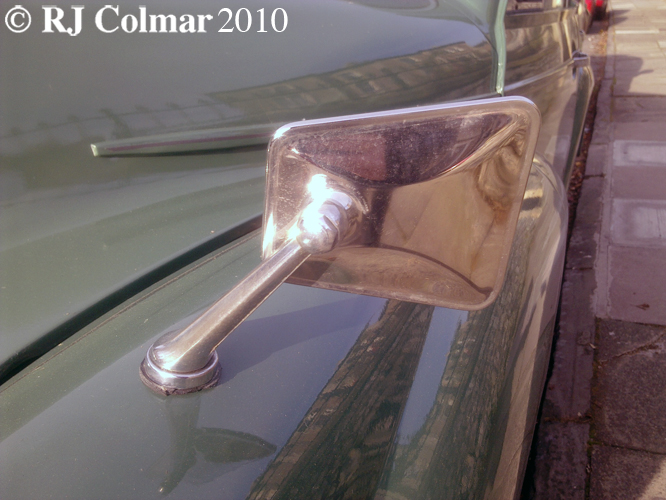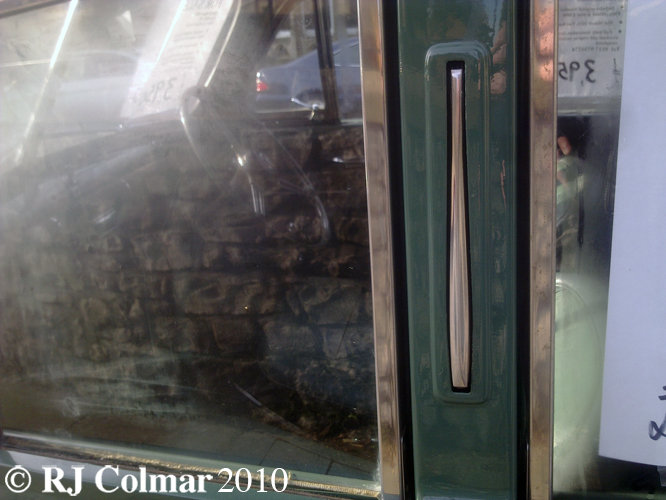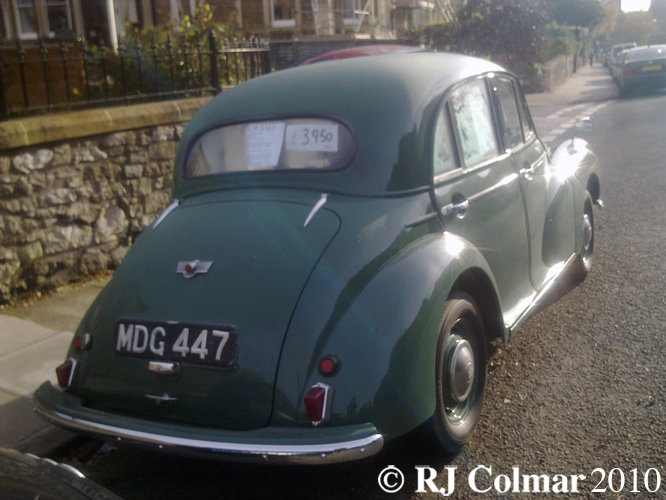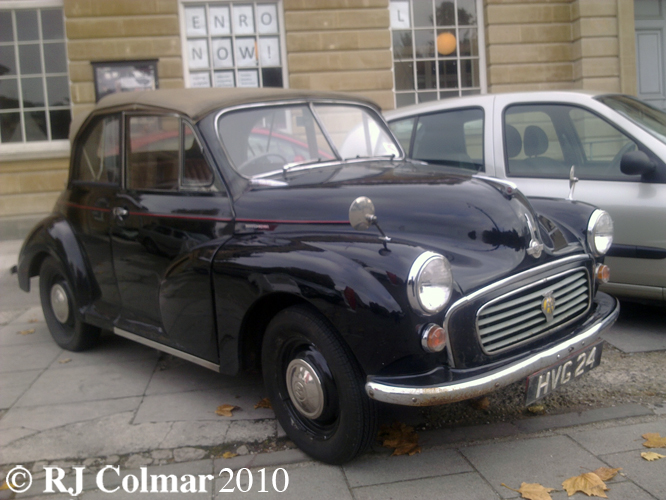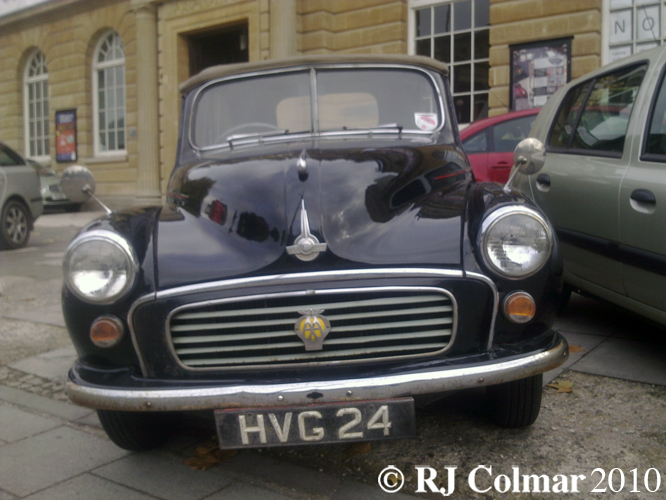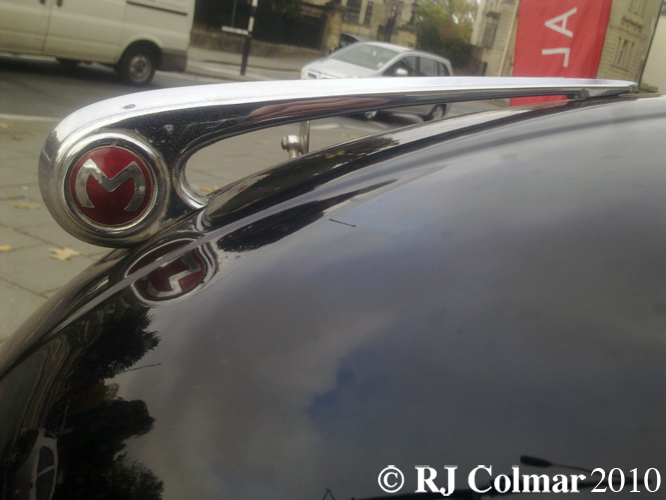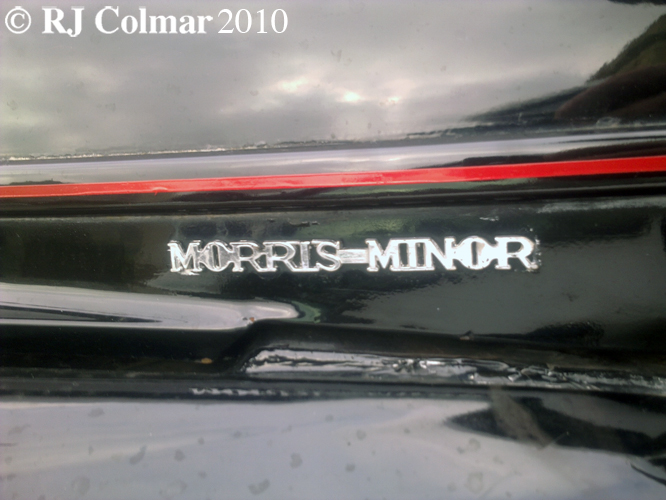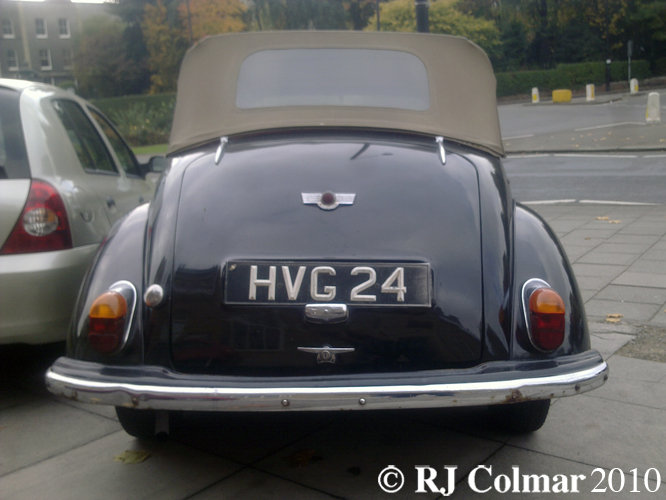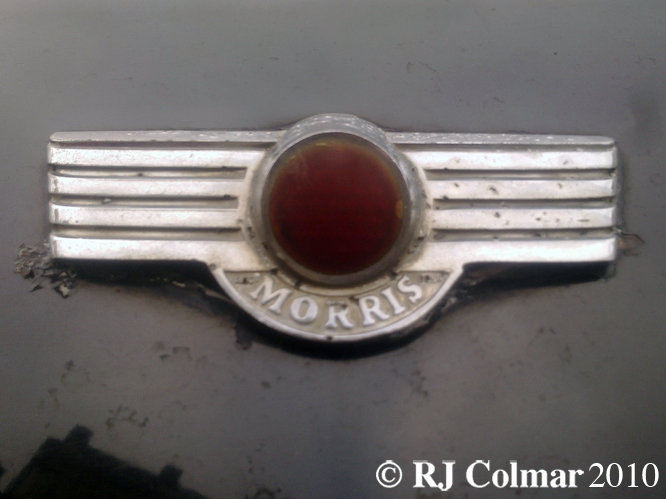Comparing today’s Hillman Imp /Singer Chamois with yesterday’s FIAT 850 it is hard to believe that the Imp/Chamoise was in production one year ahead of the 850. Unencumbered by an existing design, like the FIAT 850, the clean lines of the Imp / Chamois were the work of Tim Fry and occasional Ferrari F1 driver Mike Parkes who were given carte blanche at the start of the ‘Apex’ project.
Incredibly, well incredible to my 2010 eyes with 2020 hind sight the FIAT 850 out sold the Imp / Chamois nearly 5:1 despite the Imp / Chamois being in production for 5 more years from 1963 – 1976. This particular vehicle apparently first registered in Bristol in 1966 is the badge engineered high end Singer Chamois Mark II with a conventional throttle cable and manual choke replacing the pneumatic throttle linkage and automatic choke of the MK I in 1965.
The Imp / Chamois vehicles were built in a brand new factory in Linwood near Glasgow by a workforce more experienced in building mighty ships than assembling little cars. Knockdown kit versions were also assembled in Ireland, New Zealand, Portugal, Venezuela, Uruguay, Costa Rica, South Africa and Australia.
Nearly 200,000 of these vehicles were built from 1963 – 1966 it then took another 10 years to build the same number again. The engine in the rear started life as an iron block FWMA Coventry Climax fire pump engine but was made, unusually for the time, entirely out of aluminium with a redesigned cylinder head in this application.
The 875 cc 53 cui engine delivered 39 hp enough to take the car to a respectable 80 mph. The car was perhaps hampered by having the engines cast in Glasgow and machined in Coventry before being shipped back to Glasgow for installation, a round trip of some 600 miles, but more than any thing the vehicle appears to have been a largely wasted marketing opportunity when compared against the similarly sized FIAT 850.
Thanks for joining me, I hope you have enjoyed today’s Scottish edition wishing everyone with a heritage north of Hadrian’s Wall a happy St Andrew’s day.
Hope you’ll join me again tomorrow for another exciting instalment of ‘Getting a lil’ psycho on tyres’, don’t forget to come back now !

